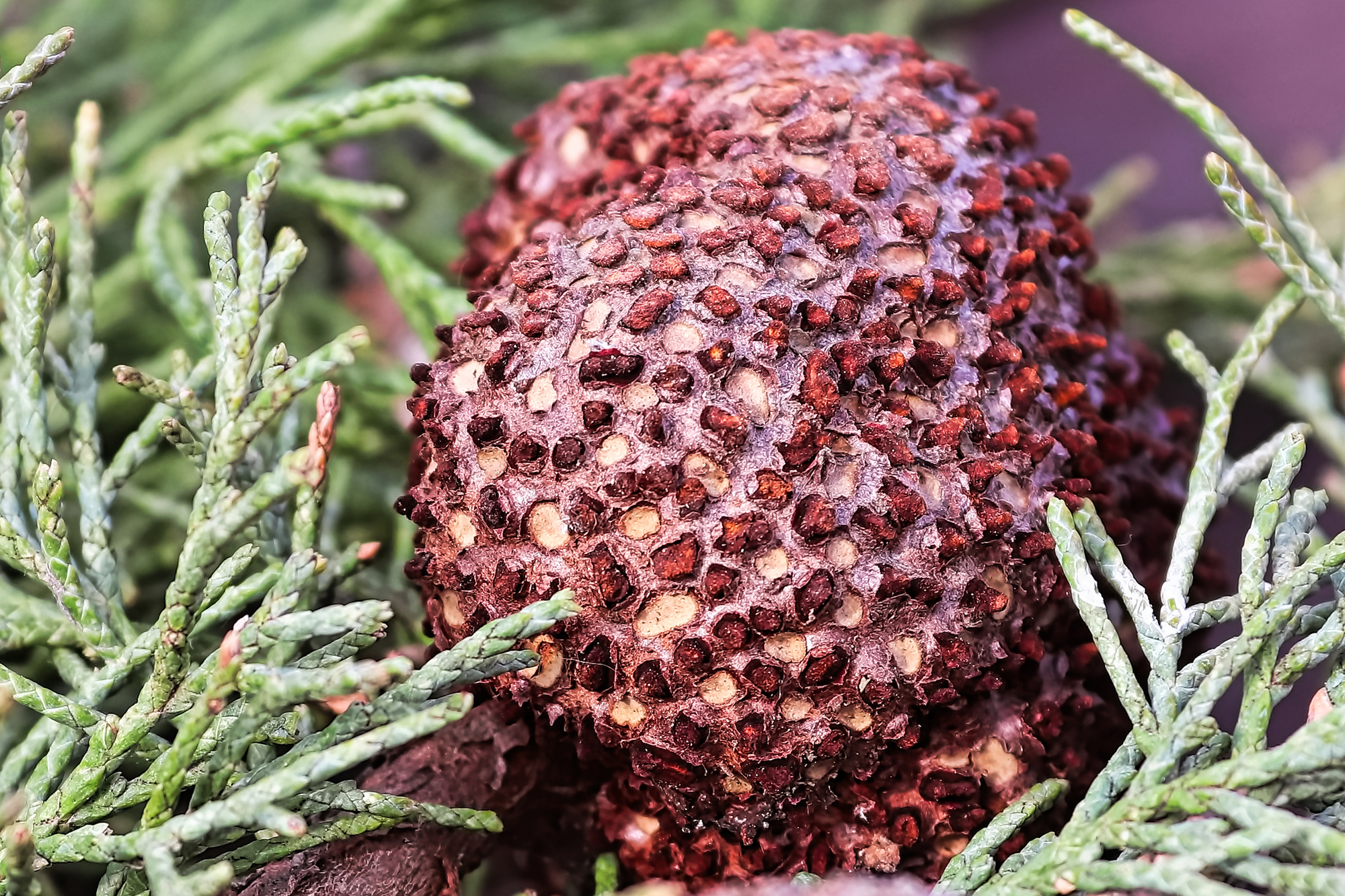Cedar hawthorn rust is caused by the pathogen Gymnosporangium globosum and it usually occurs in mid-summer or spring. It is one of the most common phenomena of all tree diseases in Dallas, especially when it comes to Junipers and Hawthorn. In addition, some shade trees Dallas are prone to developing this disease, as well as plants of moisture-prone areas in your garden. Once a tree is attacked by the fungus it is essential to perform spring tree care.
Keep reading to find out about the Hawthorn rust treatment, what is causing the disease, and what the outcomes are!
Cedar Hawthorn Rust – Everything you Need to Know
1. Hawthorn Rust Development
Cedar hawthorn rust is a fungus that rapidly grows in the moist environment. Usually, it will find a new host after regular intervals as it survives by traveling from one tree to another. Be careful if you have Junipers and Hawthorns in the same garden since it can move from one to another very easily. Unfortunately, this fungus comes from a very resistant species and it is almost impossible to get rid of them once they’re established. We recommend hiring a tree service Dallas to help you with the problem.
The pathogen is heteroecious fungus – this means that it requires a minimum of two hosts to complete its life cycle. During the first stages, the pathogen is most commonly found on Rocky mountain juniper, Eastern red cedar, and other common junipers in Texas. On the other hand, Hawthorn and some fruit trees Dallas are affected in the later stages.
In early spring, the pathogen spends time parasitizing the primary host plant. As the summer comes, it starts releasing spores from the telia in the secondary host. This is when you might notice brown and black spots on the leaves of the secondary host plant. If you do notice these symptoms, make sure you contact your local arborist to start with the Hawthorn rust treatment as soon as possible.
2. Common Symptoms
As already mentioned, this disease infects green sprouts and fruits. Left untreated, the disease will distort the growth to some extent. In addition, apple trees will develop yellow or orangish spots during summer. If there’s a large concentration of pathogens, leaves may desiccate, drop prematurely, and the fungus may attack other trees in the area.
When it comes to Junipers, the infected trees will develop small, round galls that slowly grow onto twigs. These are usually reddish-brown in color and about 9/16 inches in diameter. Evergreen springs will often completely die if they’re infected by the disease, so immediate hawthorn rust treatment is needed.
In addition to everything above, Junipers will also develop small, yellow spots in the early day of infection. In later stages, these will turn orange or black in the center of the lesion. Cluster cups, also known as aesia, will form about 90 days after the infection. Also, rust-colored fingers are very common among hawthorn fruits.
Still, all of these symptoms may vary in different hosts, and determining whether it’s the hawthorn rust that’s attacking your trees can be really hard.
3. Treatment
The plants that are already affected by the disease will probably never recover, unfortunately. The curing procedure is not simple since the fungus is very persistent and pestiferous. Again, we highly recommend contacting some of the tree services Texas to try to help you deal with this deadly disease. If you’re lucky, the experts will be able to remove the galls appropriately from the foliage.
In rare cases, it will be necessary to completely remove the branch to save the rest of the tree. Removing infected fruits and twigs need to be done by an expert since an untrained hand can easily spread the fungus to the non-infected trees in the area. We know that it’s a bit challenging to avoid growing Junipers near the Hawthorne trees, but by doing so you might be saving them from future harm.
Unfortunately, the spores that are produced in galls can infect the Hawthornes as much as 15 miles away from the source. Make sure that the air circulates freely through the risky areas and try reducing the moisture if it is possible.
4. Prevention
The number one thing you can do to prevent the disease from even occurring is to plant Juniper varieties that are resistant to it. This precautionary measure will help you immensely before the fungus is already spread all over your garden.
In addition, regularly applying fungicides when the Juniper galls start producing gelatinous cones will significantly decrease the chances of fungus development. Mancozeb and chlorothalonil are verified to be used for Hawthorne trees. Start spraying when the buds begin to break open. Continue with the practice at regular intervals until the petals fall. Early summer and spring is the perfect time for applying fungicides.
Regular pruning and trimming are also recommended. Just make sure it is done by a professional to avoid damaging the tree. Also, different types of trees Dallas require a different approach when it comes to pruning, which is another reason to hire a professional for it.
FAQ
Q: How do you treat cedar hawthorn rust?
A: The best way to tread cedar hawthorn rust in Dallas is to regularly use fungicides. Mancozeb and chlorothalonil are registered for use against this deadly disease on hawthorns. Just make sure you’re following the instructions and spray the fungicide until it drips from the branches. Use a Bordeaux mixture every two weeks during summer.
Local Tree Experts Overview
Cedar hawthorn rust is caused by a specific pathogen that usually attacks Juniper and Hawthorne trees. This deadly fungus is very hard to deal with, so you will probably going to have to hire an arborist to help you with the treatment. Prevention is the key to stopping the fungus from killing your beautiful trees. Make sure you regularly prune your trees and that you use fungicide properly. An arborist will be helpful with these too, so don’t hesitate to contact your local tree service!




